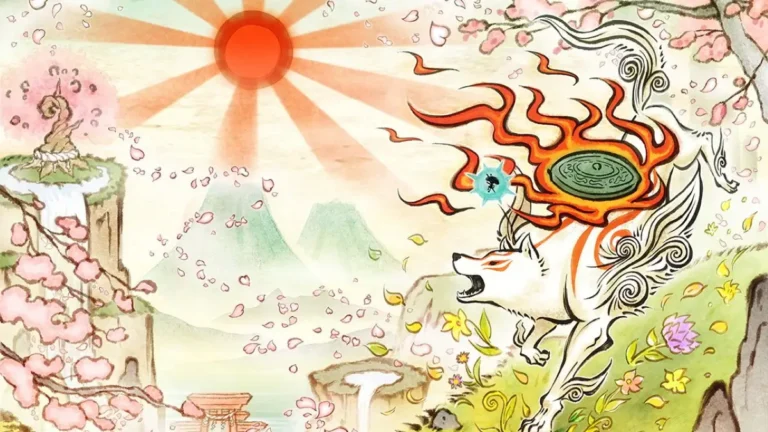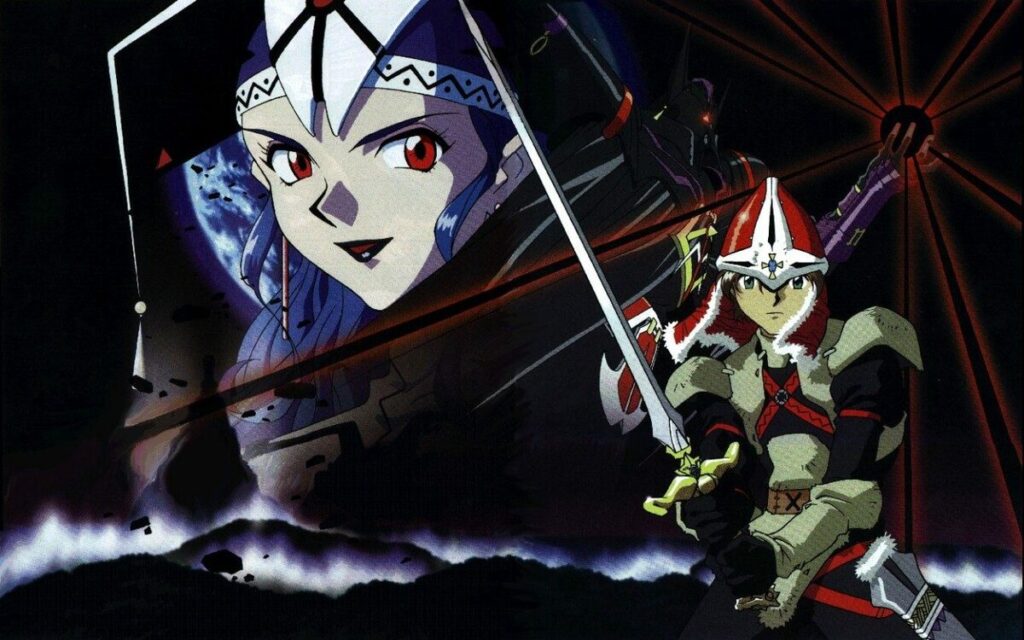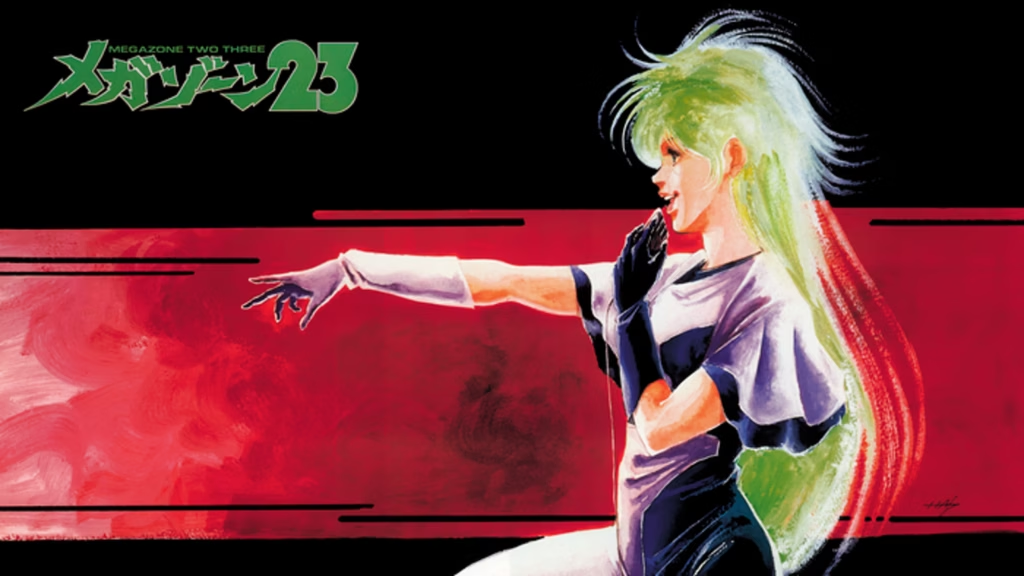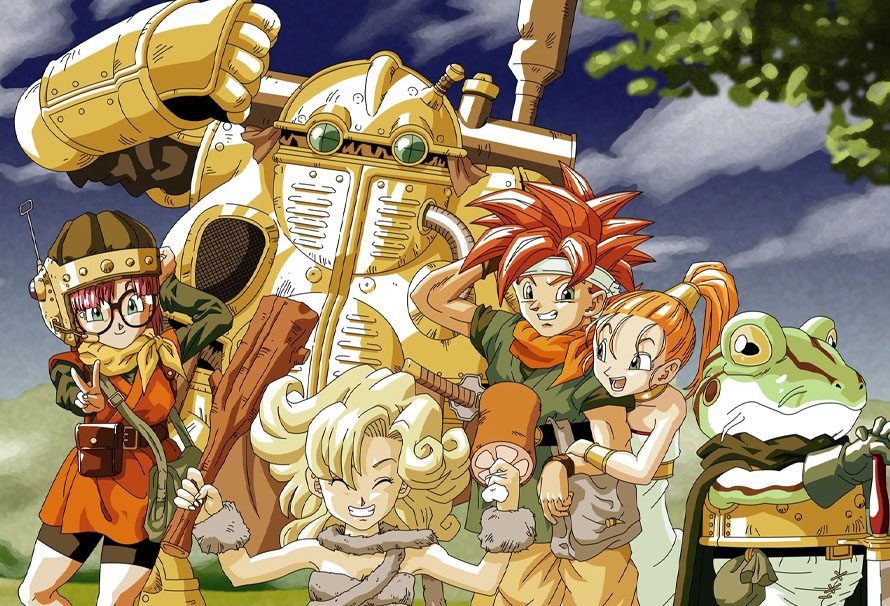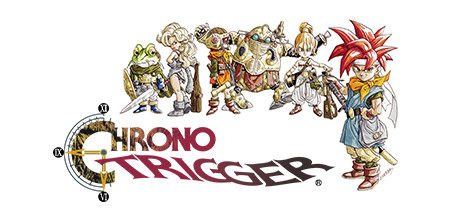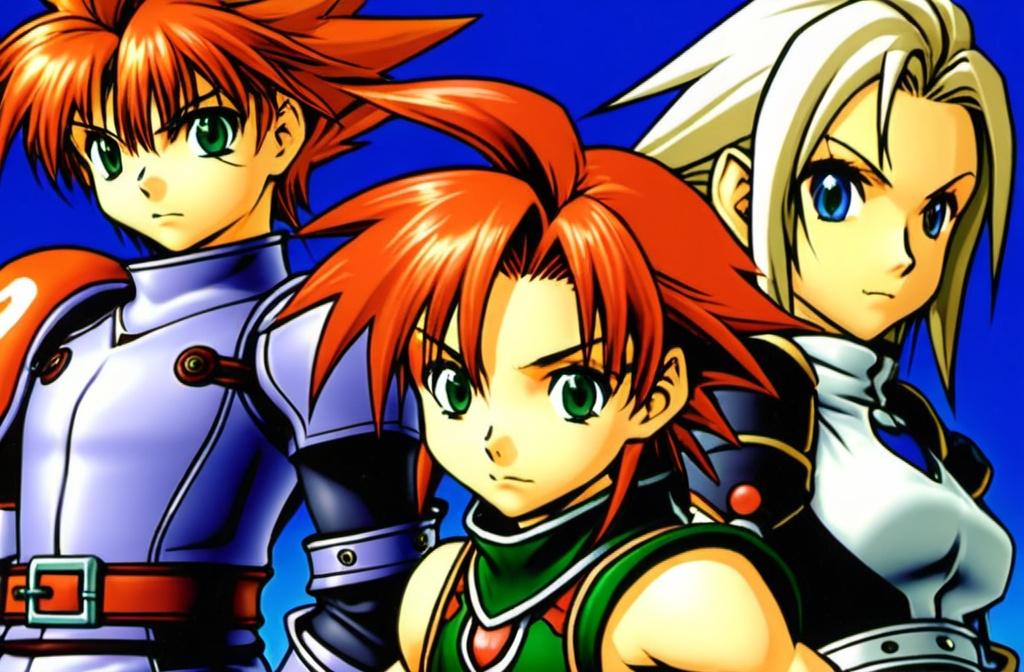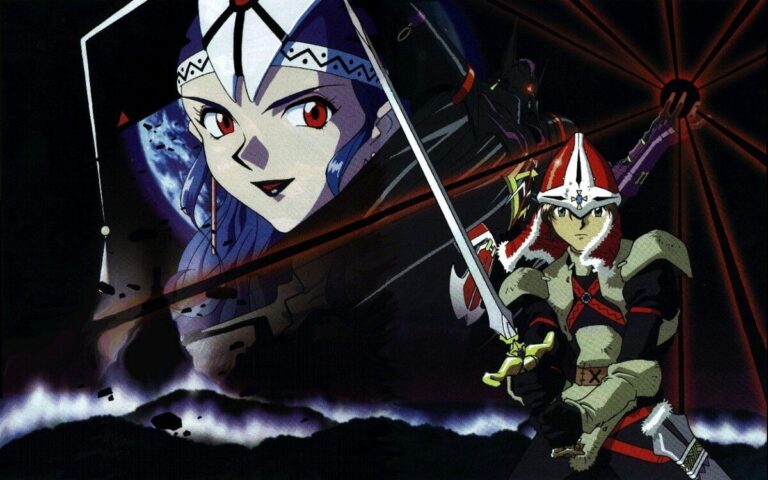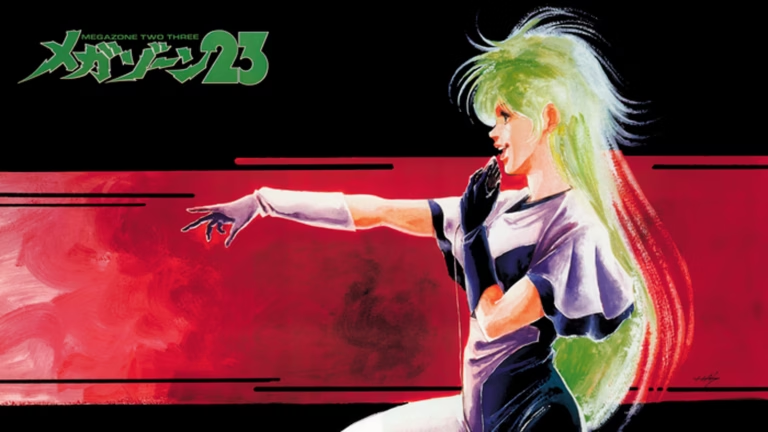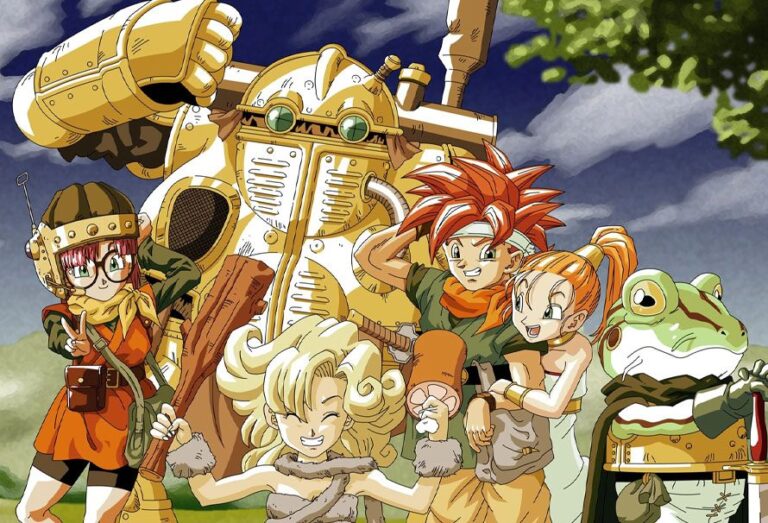Platform | PlayStation |
|---|---|
Publisher | Sacnoth |
Genre | Horror RPG |
Release Date | 12/22/1999 |
Koudelka is a captivating and distinctive title released for the PlayStation in 1999 by Sacnoth. As a role-playing game infused with elements of horror, it stands out in the gaming landscape for its narrative depth and atmospheric setting. This article delves into the intricacies of Koudelka, exploring its story, gameplay mechanics, audiovisual presentation, and the legacy it left behind.
Story
Koudelka is set in the year 1898, in the eerie and foreboding Nemeton Monastery located in Wales. The narrative follows the titular character, Koudelka Iasant, a young gypsy woman with psychic abilities. Drawn to the monastery by a mysterious voice, Koudelka’s journey quickly unfolds into a dark tale of intrigue, mysticism, and supernatural elements.
The story begins with Koudelka arriving at the monastery, where she encounters Edward Plunkett, a brash and adventurous American, and later, Father James O’Flaherty, a Catholic priest with his own agenda. Together, they unravel the monastery’s sinister secrets, discovering that it is teeming with malevolent spirits and the remnants of a horrifying past.
As the trio delves deeper into the monastery’s history, they uncover the tragic story of the Ogden family, who once owned the estate. The family’s dark experiments and the resulting curse lie at the heart of the haunting. Throughout the game, players are presented with rich backstories and emotional character development, adding layers to the central mystery.
The narrative is delivered through a combination of in-game interactions, beautifully rendered cutscenes, and voice acting that was considered advanced for its time. This storytelling approach creates a deeply immersive experience, drawing players into the grim and atmospheric world of Koudelka.
Gameplay
Koudelka blends traditional role-playing mechanics with tactical combat elements, offering a unique gameplay experience. The game is played from a third-person perspective and features exploration, puzzle-solving, and strategic battle systems.
Exploration and Puzzle-Solving
Players navigate the ominous halls and chambers of Nemeton Monastery, solving puzzles and searching for clues that unravel the game’s narrative. The exploration aspect emphasizes atmosphere, with each room meticulously designed to enhance the eerie ambience. The puzzles range from simple item-fetching quests to complex riddles that require keen observation and logical thinking.
Combat System
The combat in Koudelka is turn-based, set on a grid system reminiscent of tactical RPGs. Players control Koudelka, Edward, and James, each with unique abilities and strengths. Strategy is key, as positioning on the grid can influence attack and defense outcomes. The characters can wield various weapons and cast spells, adding depth to the combat mechanics.
Unlike many RPGs of its time, Koudelka does not focus heavily on grinding or leveling up. Instead, it emphasizes strategic planning and resource management. Players must carefully manage their inventory, as items and equipment are limited and essential for survival.
Graphics and Sound
Koudelka’s graphical presentation was a standout feature upon its release. The game utilizes pre-rendered backgrounds to create a hauntingly beautiful environment, with attention to detail that vividly brings the monastery to life. The character models, though limited by the technology of the time, are well-crafted and expressive, enhancing the storytelling experience.
The sound design in Koudelka is equally impressive. The game’s score, composed by the renowned Hiroki Kikuta, is a masterful blend of haunting melodies and atmospheric soundscapes. The music perfectly complements the game’s dark themes, further immersing players in the unsettling world of Nemeton Monastery.
Sound effects play a crucial role in building tension and atmosphere. The creaking of wooden floors, distant whispers, and ghostly wails contribute to the sense of dread that permeates the game. The voice acting, while occasionally hampered by the limitations of the era, is generally strong and adds depth to the characters.
Legacy and Reception
Upon release, Koudelka received mixed reviews from critics and players alike. While some praised its innovative blend of horror and RPG elements, others criticized its unconventional approach and pacing. Despite this, Koudelka has garnered a cult following over the years, appreciated for its unique narrative and atmospheric design.
Critical Reception
Critics often highlighted the game’s story and atmosphere as its strongest points, noting how the mature themes and character development set it apart from other RPGs of the time. However, some reviews pointed out the slow pacing and sometimes cumbersome combat mechanics as drawbacks.
Cult Following and Influence
Koudelka’s legacy is perhaps most evident in its influence on the Shadow Hearts series, a spiritual successor that expanded upon its themes and gameplay mechanics. Fans of Koudelka appreciate its pioneering role in blending horror with RPG elements, paving the way for future titles that would explore similar genres.
Over time, Koudelka has been re-evaluated by gaming communities, with many acknowledging its contributions to narrative-driven gaming and its unique place in the PlayStation’s library. Its atmospheric storytelling and innovative gameplay continue to inspire discussions and retrospectives among enthusiasts.
Conclusion
Koudelka remains a noteworthy entry in the annals of video game history, offering a distinctive blend of horror and RPG elements that was ahead of its time. Its compelling story, atmospheric presentation, and strategic gameplay have left an indelible mark on those who experienced it. While it may not have received universal acclaim upon release, its influence on subsequent games and its cult following are testaments to its enduring impact. For those seeking a game that challenges conventions and offers an immersive narrative experience, Koudelka is a title worth revisiting.


